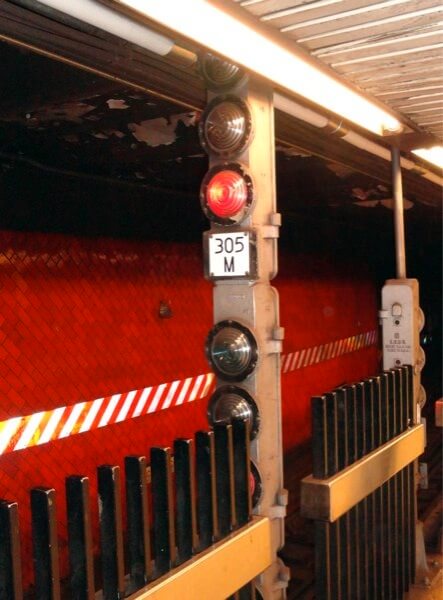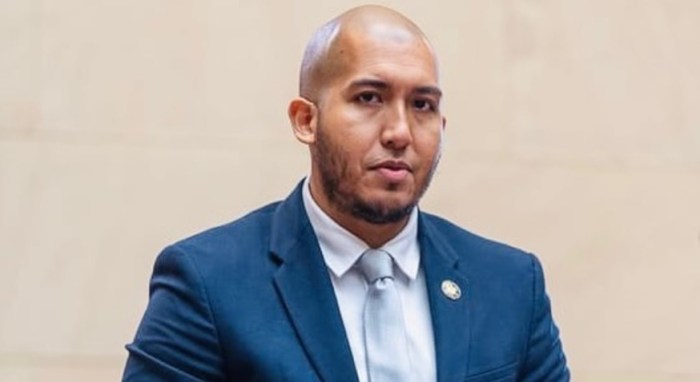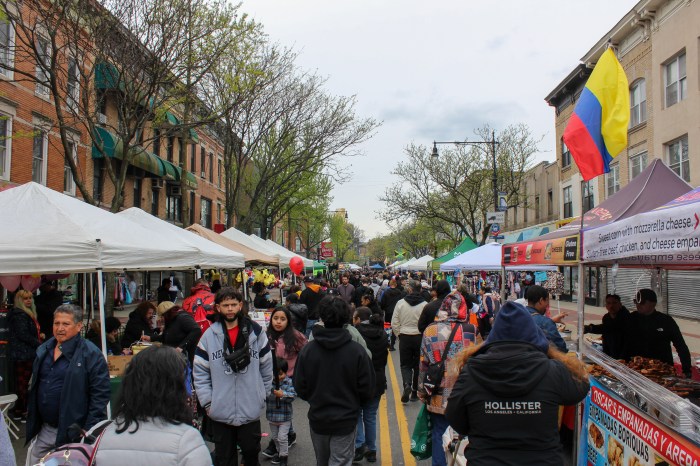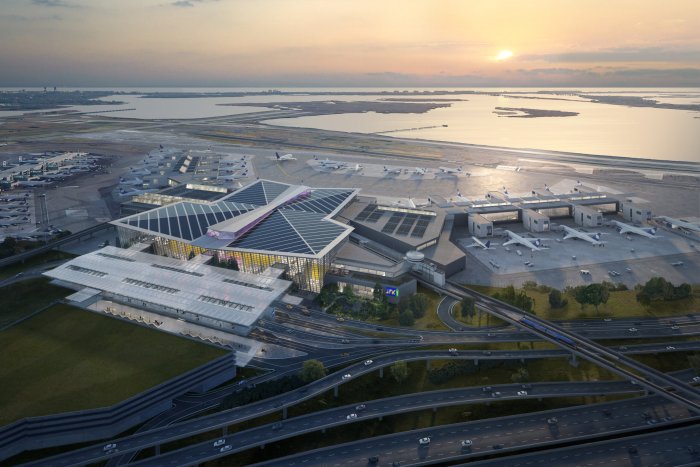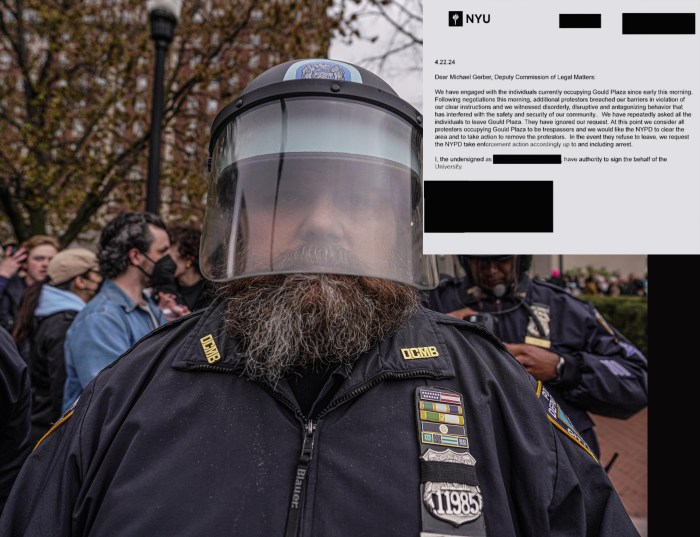By Mark Hallum
Transit advocates are pushing for a set of agenda items to be adopted by candidates running for state office that will improve roads and fix the ailing public transportation system in the city.
Up to eight organizations signed on to the call for political hopefuls and incumbents to get on board with supporting funding for New York City Transit President Andy Byford’s 15-year plan to overhaul subway infrastructure and buses expected to cost around $19 billion, a commitment to pass legislation that would enact Gov. Andrew Cuomo’s congestion pricing plan and another agenda item to authorize safety enforcement cameras.
John Raskin, executive director of the Riders Alliance, was confident that if candidates adopted the agenda items as their campaign promises the public would be able to better hold them accountable.
“These days, no one should be able to run for office in New York without telling their constituents how they’re going to fix the subway system and make buses more reliable,” Raskin said. “This transportation agenda is a ready-made package that every candidate for state-level office should adopt, and then we the people have to hold them to their promises when they’re in office. This election season, frustrated transit riders are looking to elect leaders who can demonstrate that they understand the depth of the crisis and have credible, realistic plans to address it. With the release of our transportation agenda, candidates may say they don’t want to fix the transit system, but they can’t say they don’t know how.”
Byford’s $19 billion plan to modernize public transit will start by bringing Communication-based Train Control to every subway line within five to 10 years to replace the analog signal system mostly in place across the city.
In Queens, the No. 7 train will see a complete install of CBTC in 2018, allowing for about two more trains per hour, followed by the E, M, F, R and G trains in the next five years, and then installations will begin on the N, R, W and A within 10 years.
Paul Steely White, who heads up Transportation Alternatives — an organization which mostly advocates for more bicycle and pedestrian friendly streets — said cars should not have the run of the roads throughout the city.
State law limits the ability of the city Dept. of Transportation to deploy speed and traffic enforcement cameras, which could makes streets safer for biking and walking.
“Our streets are a tremendous asset, but we need to make better use of these rights-of-way,” White said. “New York can’t continue to be a world class city if we squander this valuable space by handing it over to cars. We know what it takes to make our streets safer, more efficient and more equitable for all users, but it will require leadership from elected officials, a commitment to proven solutions, and critically, an end to the deference to drivers.”
The Regional Plan Association, a think tank for economic improvements within the state, issued a statement backing up the claims of the city and state comptrollers that an investment in transit infrastructure would see good financial returns for all.
“New York City needs a safe, reliable, equitable and efficient transportation network to support its economy and mobility,” Kate Slevin, senior vice president of State Programs and Advocacy at the Regional Plan Association, said. “With more political will, we can fix the subways, improve bus service, make our streets safer for pedestrians and cyclists, and build the vital transit projects our region needs to thrive.”
The New York state Democratic primary is scheduled for Sept. 13, with the general election set to take place Nov. 6.
Reach reporter Mark Hallum by e-mail at mhall

